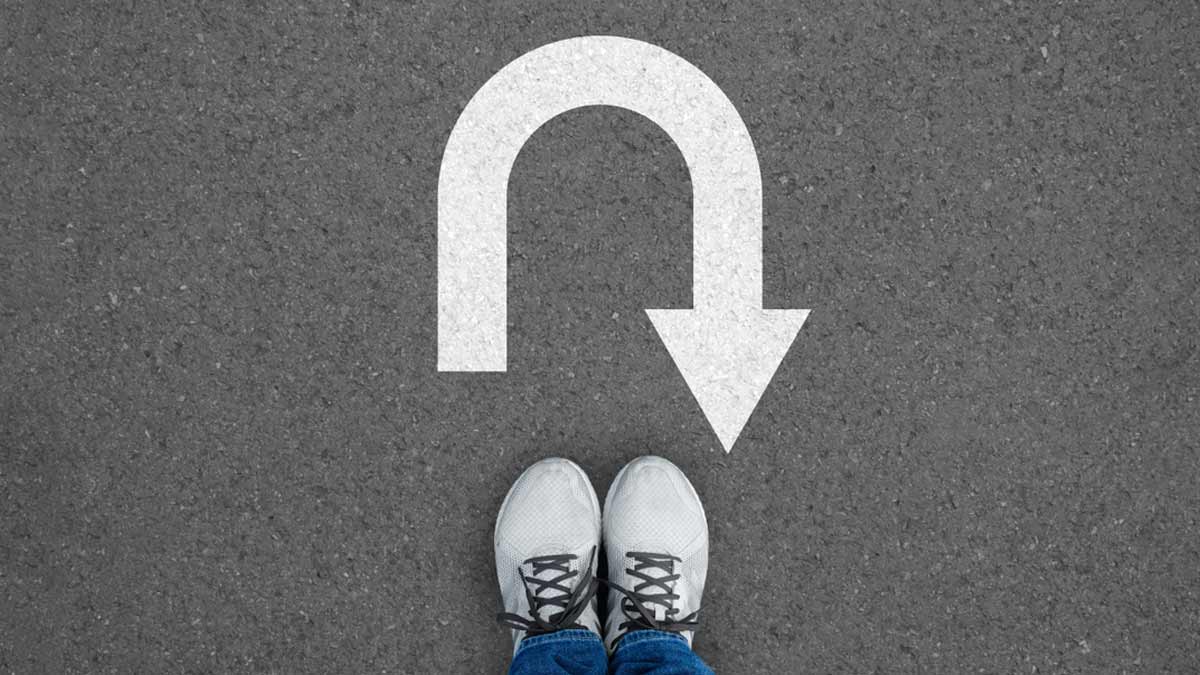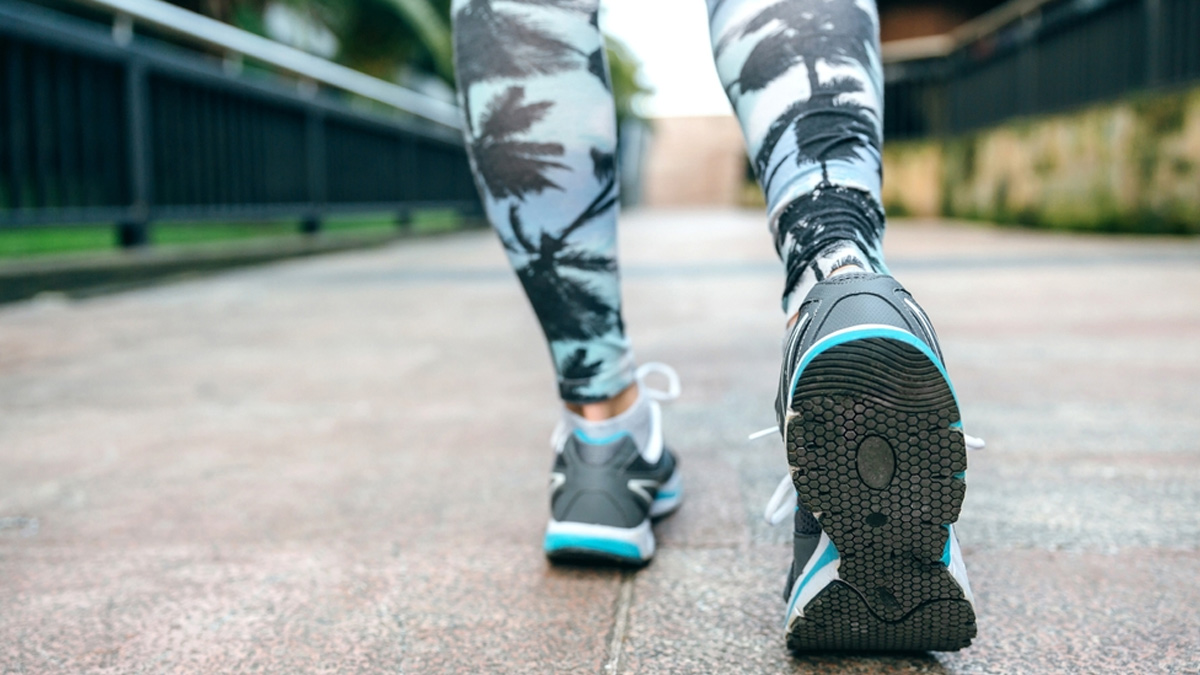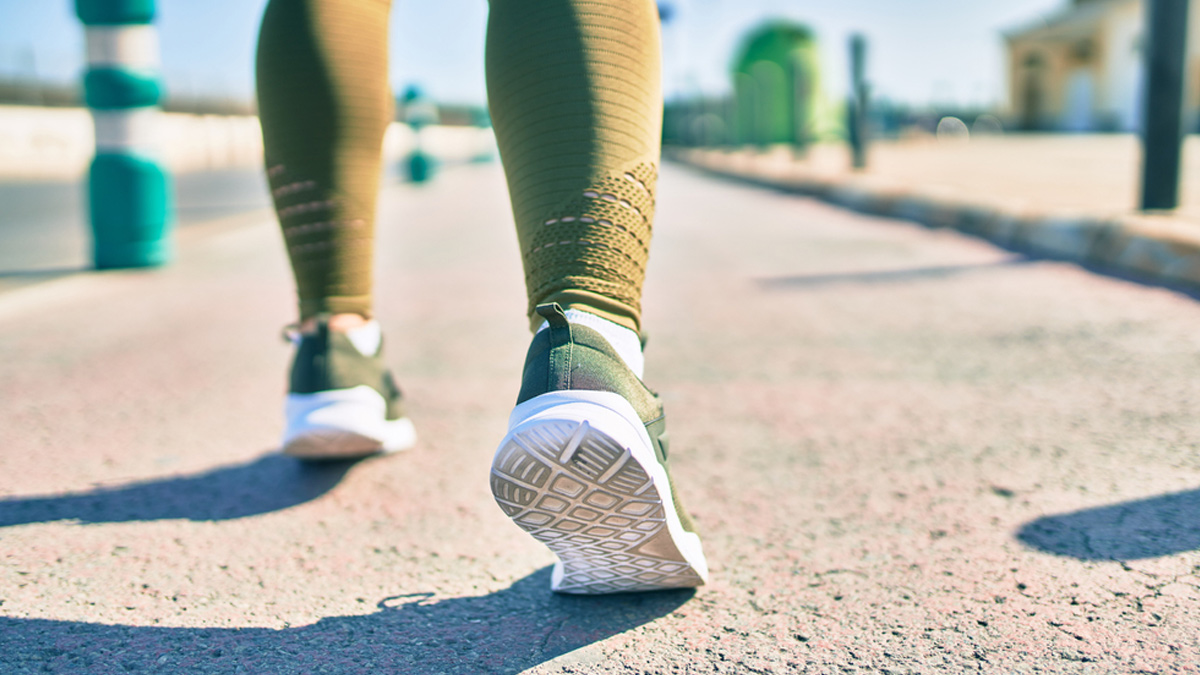
Walking is seen as an effective exercise that not only provides cardiovascular benefits but also aids in weight management. Studies have suggested that it can help keep various chronic illnesses at bay and also help maintain overall fitness.
Table of Content:-
For most people, walking is an act of moving forward. But have you ever tried walking backwards or in a reverse motion? Many who have tried it claim that they instantly feel the burn. Research also shows that backward walking can offer some great benefits. To know more, we spoke to Dr Minakshi Fullara, Chief - Physiotherapy and Rehabilitation, Aakash Healthcare, New Delhi, who shed light on the same.
Also Read: Power of Walking: Why 30 Minutes, Five Days a Week Works Wonders for Your Health
Backward Walking: Does It Really Hold Benefits?

Dr Fullara says, “Walking backwards can really have some physical advantages because of the change in biomechanics. It improves balance and coordination by using various muscles, particularly in the legs and core.”
She adds that in physiotherapy, it is frequently used to treat arthritis, back pain, and knee issues. In fact, a study published in the journal BMC Musculoskeletal Disorders found that walking backwards for ten minutes, three times a week for six weeks, was more effective than regular walking or physical therapy at reducing knee pain, improving knee function, and strengthening quadriceps muscles.
Additionally, backward walking may even improve cognitive capabilities like memory, response time, and problem-solving ability, according to some research, shares the doctor.
“Nevertheless, both forward walking and backward walking offer their own set of advantages, so it's not always better. Walking forwards works the muscles at the front of the legs mostly, whereas walking backwards works other muscle groups and improves general muscular balance. You may achieve a thorough exercise by including both in your program,” Dr Fullara highlights.
How To Incorporate Backward Walking Into Fitness Routine?

According to Dr Fullara, it is easy to incorporate backward walking into one’s exercise routine.
He shares, “To get used to the movement, start out gently on smooth terrain. Step backwards for a longer and farther distance each time you are more comfortable. Be cautious, and make sure you can see where you're going, especially in congested areas. With time, reverse walking can improve your general fitness and agility by providing variation and a new kind of challenge.”
However, be mindful of slipping and stumbling, the doctor warns.
Also Read: Walking Workouts: Expert Explains The Health Benefits And How To Get Started
How To Ensure Safety

Here’s how you can indulge in backward walking safely:
- Start with modest distances and, as you get more comfortable, gradually increase the pace and length.
- Make sure you're in a secure location with a level, obstacle-free surface.
- You may wish to test it in an area outside that you are acquainted with or indoors first.
- Remain aware of your surroundings by keeping your shoulders back, using your core, and maintaining an upright stance.
- To maintain a well-rounded and thorough program, incorporate backward walking with other types of physical activity.
Conclusion
Walking backwards may feel uncomfortable, as we’re all accustomed to walking forward. Some people may lose balance and stumble and fall. However, if you master it, experts believe it can offer various fitness and memory-associated benefits. The key is to increase the pace gradually. Ensure that you have an obstacle-free surface and a person who can guide you. However, if you’re someone with a pre-existing injury, avoid the workout and continue with forward walking, as it is as beneficial as walking backwards.
Also watch this video
How we keep this article up to date:
We work with experts and keep a close eye on the latest in health and wellness. Whenever there is a new research or helpful information, we update our articles with accurate and useful advice.
Current Version
